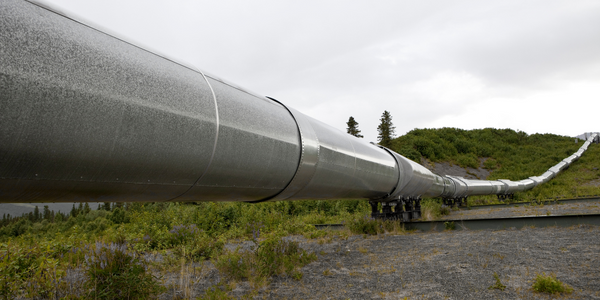Optimizing Utility Management Workflows with Location Intelligence: A Case Study on Premier Utility Services

Technology Category
- Application Infrastructure & Middleware - Data Visualization
- Sensors - Utility Meters
Applicable Industries
- Electrical Grids
- Oil & Gas
Applicable Functions
- Quality Assurance
Use Cases
- Inventory Management
- Water Utility Management
Services
- Testing & Certification
About The Customer
Premier Utility Services is a global contractor that specializes in energy infrastructure, providing innovative and industry-leading solutions. Since its inception in 2001, the company has aimed to become the leading Utility Services Company in the industry, focusing on safety, superior quality, and reliability for their utility and operator customer base nationwide. Their experienced management team is proficient in all areas of Utility Services, including Damage Prevention, Gas Leak Detection/Inspection, Stray Voltage Detection, Pre-storm and Post-storm Assessment, and Vacuum Excavation, among other utility services.
The Challenge
Premier Utility Services was faced with the challenge of managing their fieldwork operations, which included a large gas meter inspection and leak detection project in upstate New York. The project required the processing and management of large data sets, including data on over half a million gas meters. While Premier had turned to Fulcrum for help with data processing and management, they still needed a solution that would allow them to visualize and analyze the data at scale. The complexity of the application they needed was significant, as it had to handle vast amounts of data and provide useful insights for decision-making.
The Solution
Premier Utility Services found their solution in the combination of Fulcrum's mobile data collection and management functionalities and CARTO's dynamic data visualization and mapping capabilities. This combination allowed Premier to build a custom dashboard application, providing their staff and clients with tools for viewing, analyzing, and updating their data. Project Managers and clients could access the dashboard to filter data on various fields, run standard reports, search records, and export spreadsheets quickly. CARTO’s ability to seamlessly integrate their spatial analysis technology with Fulcrum’s data collection and management tech stack helped Premier streamline their fieldwork operations, saving them hours of valuable time each week. CARTO’s user-friendly interface allowed Premier staff and clients to quickly visualize, interact with, and understand their utility data, leading to more efficient workflows and better decision making.
Operational Impact
Quantitative Benefit

Case Study missing?
Start adding your own!
Register with your work email and create a new case study profile for your business.
Related Case Studies.

Case Study
Taking Oil and Gas Exploration to the Next Level
DownUnder GeoSolutions (DUG) wanted to increase computing performance by 5 to 10 times to improve seismic processing. The solution must build on current architecture software investments without sacrificing existing software and scale computing without scaling IT infrastructure costs.

Case Study
Remote Wellhead Monitoring
Each wellhead was equipped with various sensors and meters that needed to be monitored and controlled from a central HMI, often miles away from the assets in the field. Redundant solar and wind generators were installed at each wellhead to support the electrical needs of the pumpstations, temperature meters, cameras, and cellular modules. In addition to asset management and remote control capabilities, data logging for remote surveillance and alarm notifications was a key demand from the customer. Terra Ferma’s solution needed to be power efficient, reliable, and capable of supporting high-bandwidth data-feeds. They needed a multi-link cellular connection to a central server that sustained reliable and redundant monitoring and control of flow meters, temperature sensors, power supply, and event-logging; including video and image files. This open-standard network needed to interface with the existing SCADA and proprietary network management software.

Case Study
Refinery Saves Over $700,000 with Smart Wireless
One of the largest petroleum refineries in the world is equipped to refine various types of crude oil and manufacture various grades of fuel from motor gasoline to Aviation Turbine Fuel. Due to wear and tear, eight hydrogen valves in each refinery were leaking, and each cost $1800 per ton of hydrogen vented. The plant also had leakage on nearly 30 flare control hydrocarbon valves. The refinery wanted a continuous, online monitoring system that could catch leaks early, minimize hydrogen and hydrocarbon production losses, and improve safety for maintenance.









